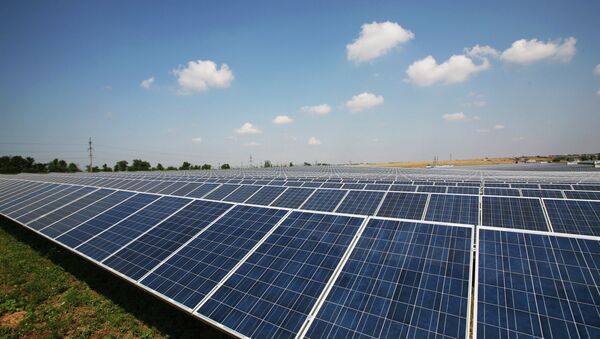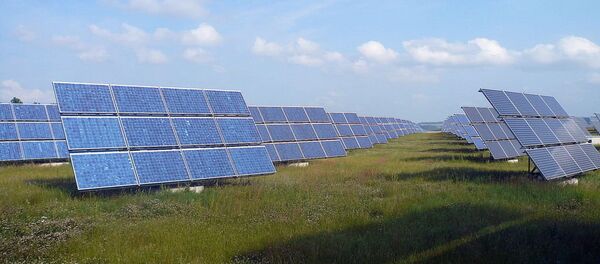The plant will cover 2,550 hectares (nearly 10 square miles) in the Gobi desert, in Qinghai province.
It will have an installed capacity of 200 megawatts, and be capable of supplying electricity to one million households, according to Qinghai Solar-Thermal Power Group.
"Its designed heat storage is 15 hours, thus, it can guarantee stable, continual power generation," state-owned news agency Xinhua quoted group board chair Wu Longyi as saying.
Once operational, the plant will slash standard coal use by 4.26 million tons every year, reducing emissions of carbon dioxide and sulphur dioxide by 896,000 tons and 8,080 tons, respectively.
The solar power tower system boasts higher efficiency and better energy storage than the more commonly used trough system.
The plant will also be China's first large-scale solar power plant under commercial operation, said Yu Mingzhen, vice director of Qinghai development and reform commission.
Beijing has been emphasizing clean energy. Between 2005 and 2014, the country has increased its solar power capacity 400 fold to 28.05 gigawatts. There are plans to increase capacity to around 100 gigawatts by 2020.
China also has plans to construct a new 50-megawatt solar power plant in Datong City, Shanxi Province.



